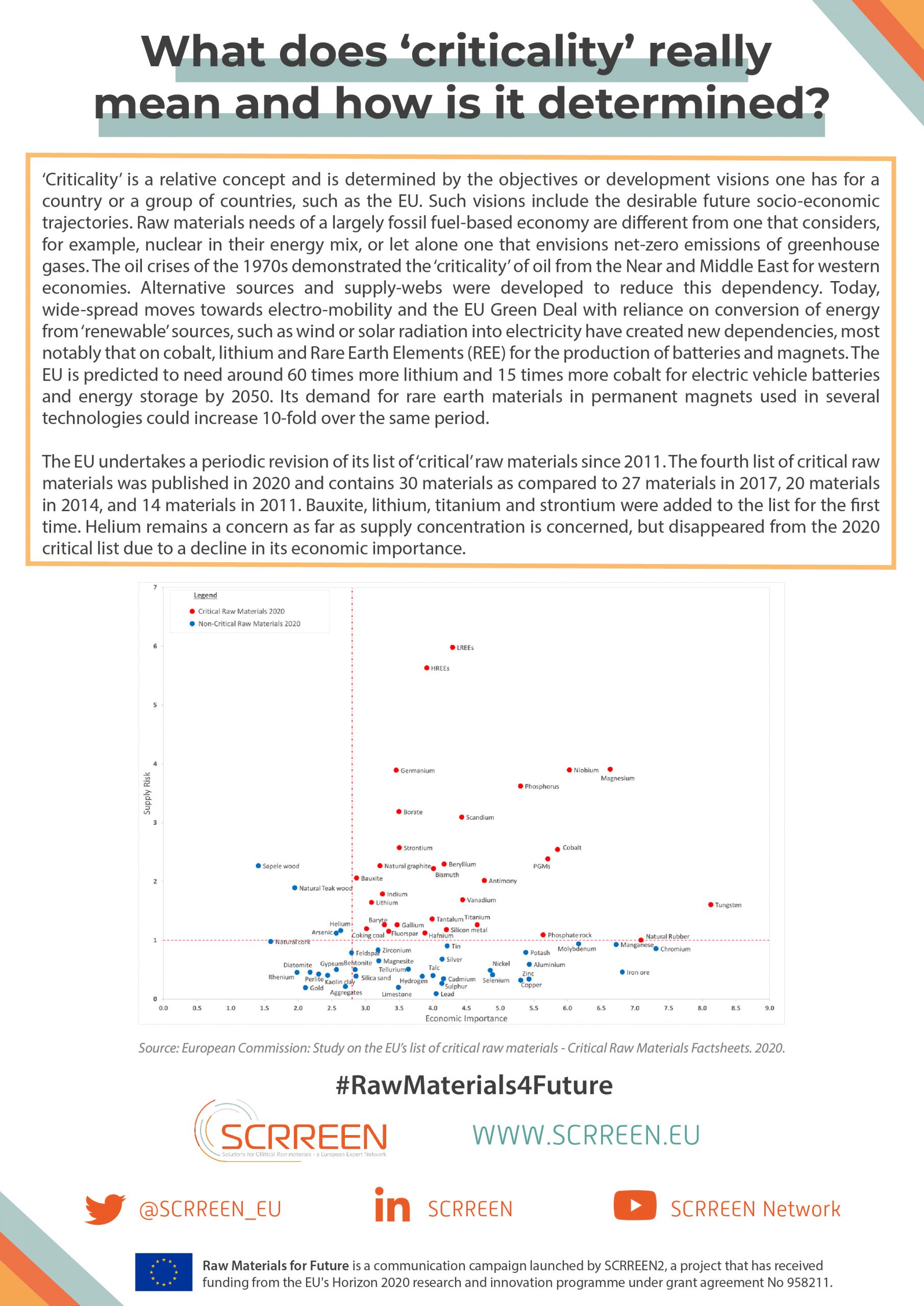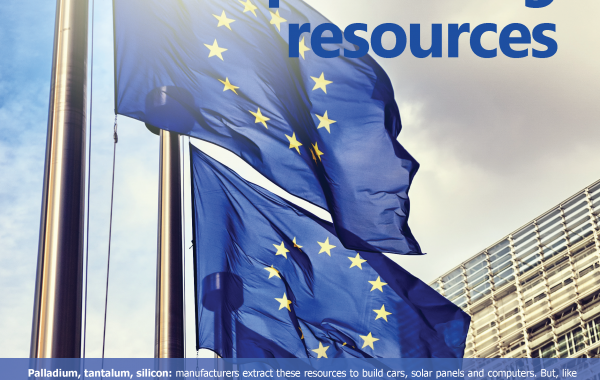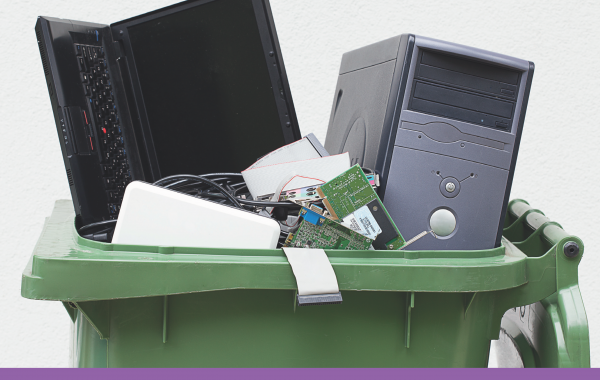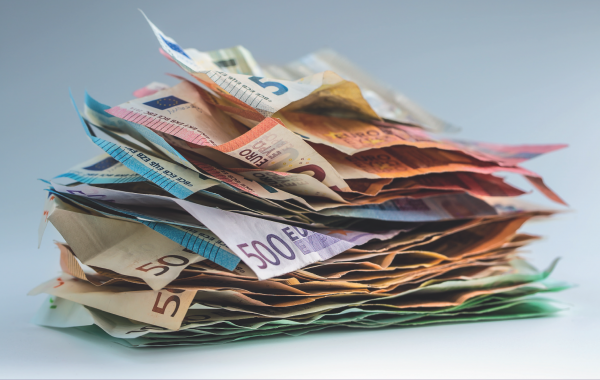Description
‘Criticality’ is a relative concept and is determined by the objectives or development visions one has for a country or a group of countries, such as the EU. Such visions include the desirable future socio-economic trajectories. Raw materials needs of a largely fossil fuel-based economy are different from one that considers, for example, nuclear in their energy mix, or let alone one that envisions net-zero emissions of greenhouse gases. The oil crises of the 1970s demonstrated the ‘criticality’ of oil from the Near and Middle East for western economies. Alternative sources and supply-webs were developed to reduce this dependency. Today, wide-spread moves towards electro-mobility and the EU Green Deal with reliance on conversion of energy from ‘renewable’ sources, such as wind or solar radiation into electricity have created new dependencies, most notably that on cobalt, lithium and Rare Earth Elements (REE) for the production of batteries and magnets. The EU is predicted to need around 60 times more lithium and 15 times more cobalt for electric vehicle batteries and energy storage by 2050. Its demand for rare earth materials in permanent magnets used in several technologies could increase 10-fold over the same period.

















 The SCRREEN3 project has received funding from the European Union's Horizon Europe Research and Innovation Programme under Grant Agreement N° 101138060
The SCRREEN3 project has received funding from the European Union's Horizon Europe Research and Innovation Programme under Grant Agreement N° 101138060